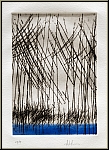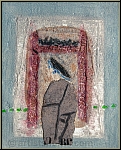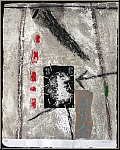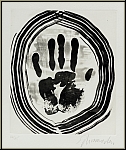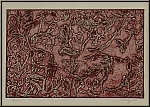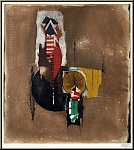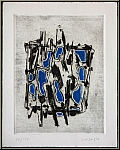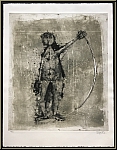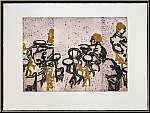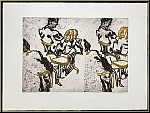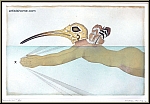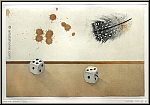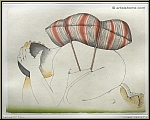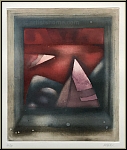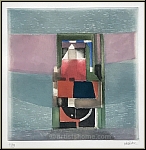Etchings - Aquatints

Originally, etching served as a mere means for reproduction, but from as early as the middle of the 15th century, it was also used for artistic expression. The main advantage of etching in comparison to the earlier technique of copper engraving was that it was less complicated and allowed for a free drawing of lines. Also important was the invention of aquatint in the 17th century, the etching of whole surfaces by means of acid, which allowed for different hues and a larger-scale modulation.
Artists such as Dürer and Rembrandt created the first masterworks within the medium and perfected its possibilities. Despite the development of other printing techniques in the 20th century, etching did not lose its appeal. On the contrary, artists such as James Coignard, Antoni Tàpies and Shoichi Hasegawa experimented with additives such as carborundum in order to give their etchings the three-dimensional structure of relief embossings.
Etchings are attractive for collectors and art-lovers not only because of their artistic qualities, but also because the number of prints taken is usually very low due to the erosion of the plate. Although the plate can be steeled, this leads to a loss of the delicate effects that are responsible for the appeal of this printing technique.

